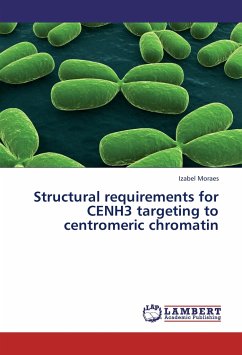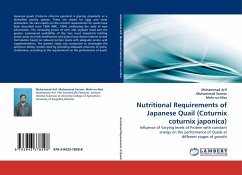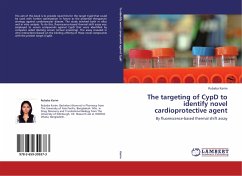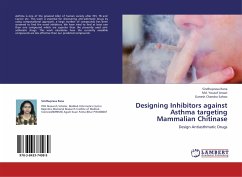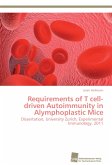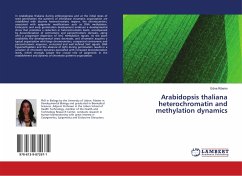Eukaryotic chromosomes need centromeres to ensure their faithful transmission to daughter nuclei. The centromere is the site where the kinetochore assembles for chromosome attachment to the spindle microtubules, directing the chromosome segregation during nuclear division. Kinetochore assembly requires deposition of the centromeric histone H3 variant (CENH3) into centromeric nucleosomes. To investigate the structural requirements for centromere targeting, constructs for several heterologous CENH3 were transformed into the model plant A. thaliana. The results revealed that the more distantly related the heterologous protein is, the lower is the efficiency of targeting. Alignment of CENH3 sequences revealed that the tested species share three amino acids at loop1 region: threonine, arginine and alanine. These amino acids were substituted by asparagine, proline and valine encoding sequences via PCR mutagenesis. The recombinant CENH3 lost the ability to target the centromeres, indicating that the original three amino acids are necessary but not sufficient for targeting A. thaliana centromeres.
Bitte wählen Sie Ihr Anliegen aus.
Rechnungen
Retourenschein anfordern
Bestellstatus
Storno

